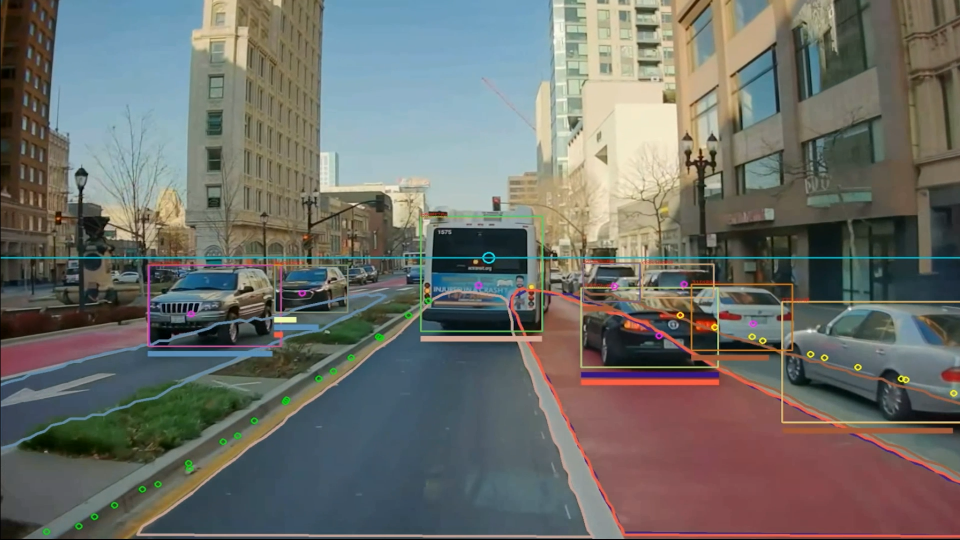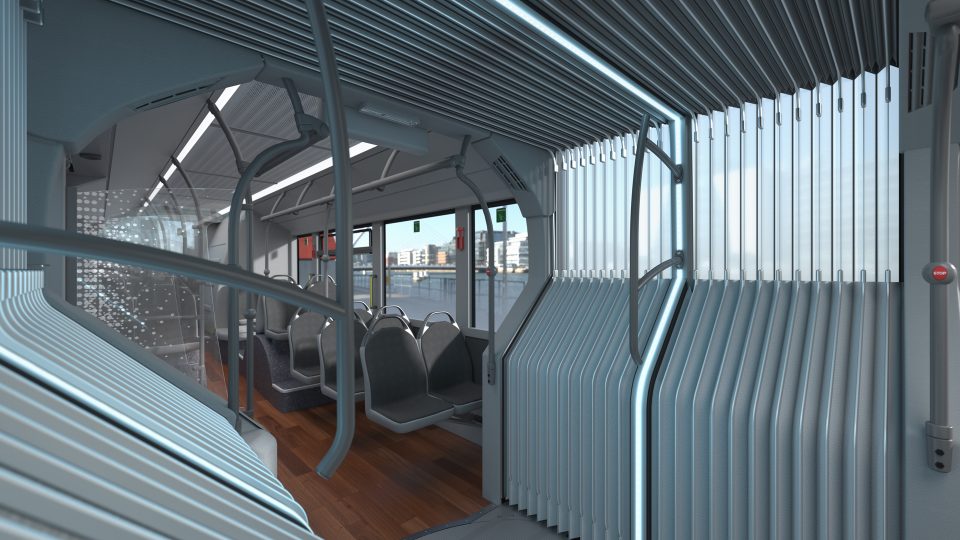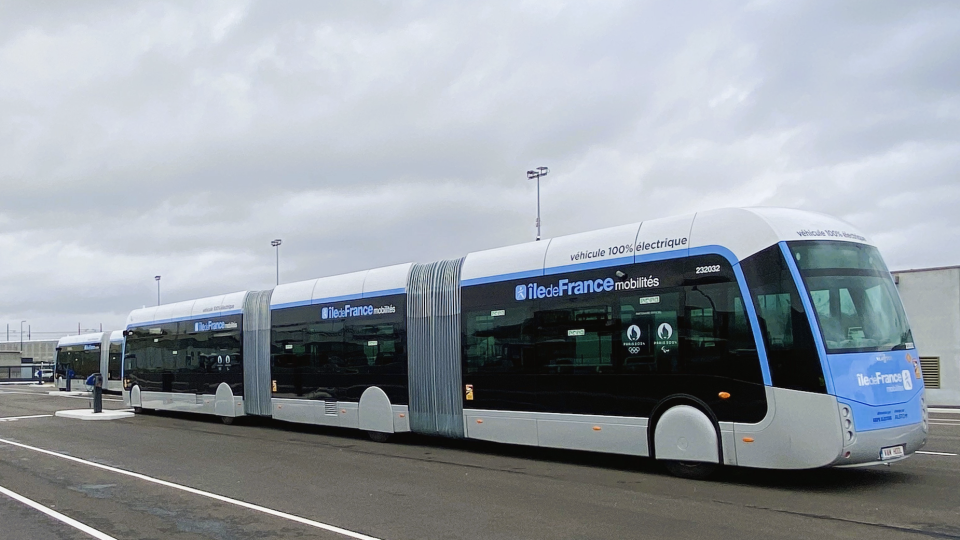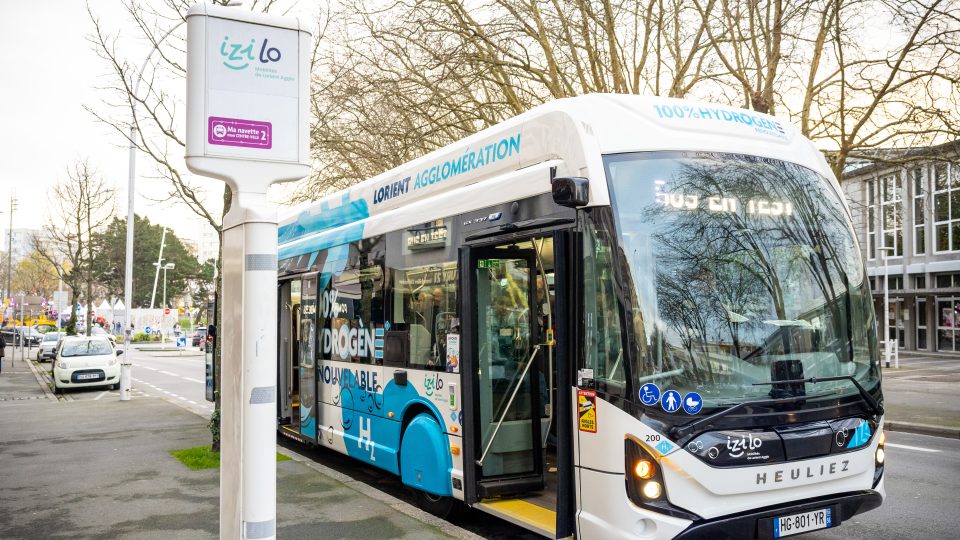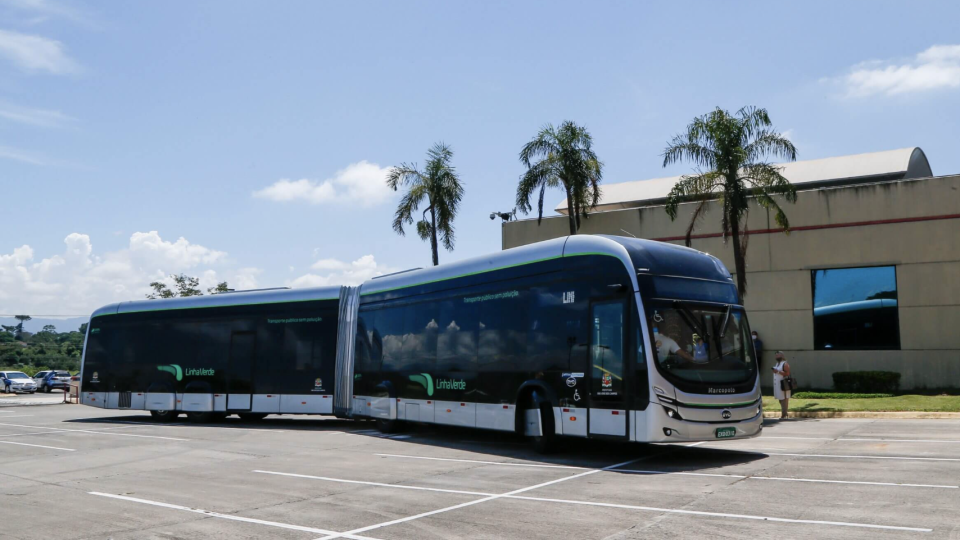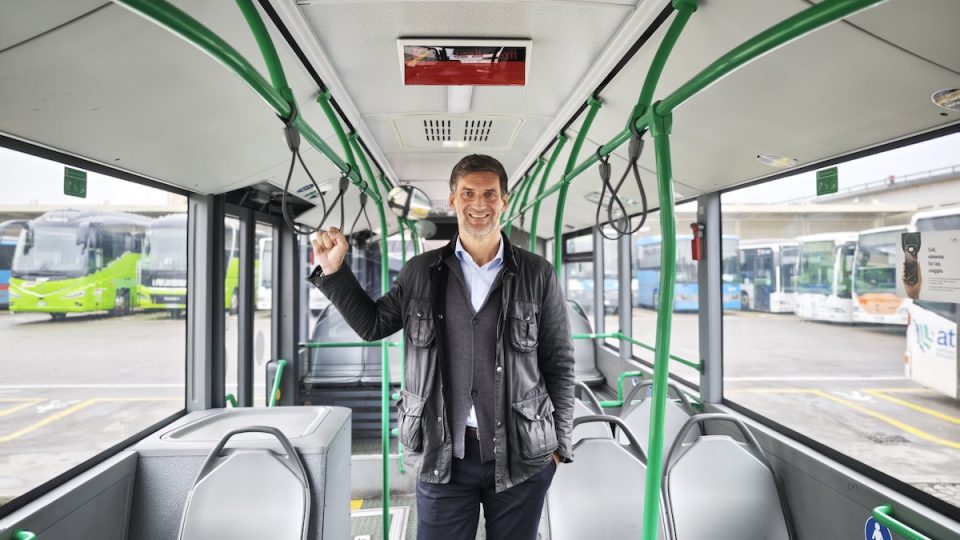CUTZEB is the zero emission bus joint procurement initiative launched in Canada
CUTRIC, the Canadian Urban Transit Research & Innovation Consortium, has announced the launch of CUTZEB, the Canadian Urban Transit Zero Emissions Bus joint procurement initiative. The Government of Canada has set a target of having 5,000 zero-emission buses on the roads by 2026. The aim of this new organization is to support Canadian public transit […]
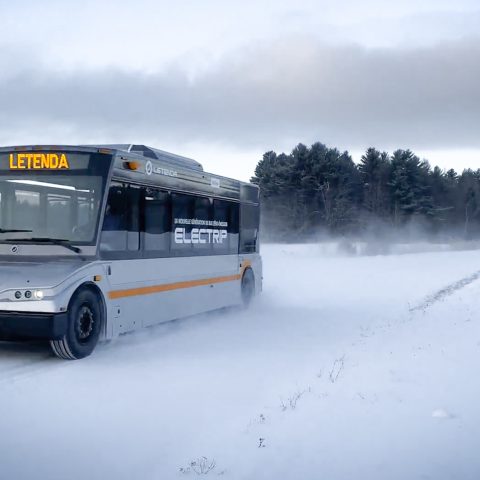
CUTRIC, the Canadian Urban Transit Research & Innovation Consortium, has announced the launch of CUTZEB, the Canadian Urban Transit Zero Emissions Bus joint procurement initiative.
The Government of Canada has set a target of having 5,000 zero-emission buses on the roads by 2026.
The aim of this new organization is to support Canadian public transit agencies in the procurement of zero-emission transit technologies, including battery and hydrogen fuel cell electric buses and their respective charging and hydrogen fuelling systems.
The Canada Infrastructure Bank (CIB) is partnering with the city of Calgary, that will receive $165 million investment aimed at procuring 259 zero-emission buses by 2027. The Canadian city of Ottawa is going to deploy 350 zero emission buses thanks to federal funding.
CUTZEB: for joint procurement of zero emission buses
CUTZEB will provide a comprehensive, cost-effective process for joint procurements by bringing together small to mid-sized transit agencies across Canada. The initiative will offer a one-stop-shop for transit agencies looking to electrify their fleets, providing everything from buses and chargers to installation, maintenance, and planning studies.
With CUTZEB’s comprehensive and cost-effective joint procurement process, it’s hoped that smaller transit agencies will be able to more easily electrify their fleets and contribute to the country’s goal of achieving net-zero emissions.
Josipa Petrunic, President and CEO of CUTRIC and CUTZEB, stated that “We knew that transit agencies wanting to electrify their fleets didn’t just want buses or chargers, but turn-key solutions — the buses, the chargers, the installation, the maintenance and everything in between. They wanted all of that in a package that could be delivered by a consortium, which is where the idea for CUTZEB emerged. Now, with CUTRIC and CUTZEB working synergistically, we can ensure there is comprehensive support behind transit agencies and municipalities to undertaking zero emission bus (ZEB) electrification and planning studies, and therefore getting one step close to reaching zero-emission fleet goals.”

